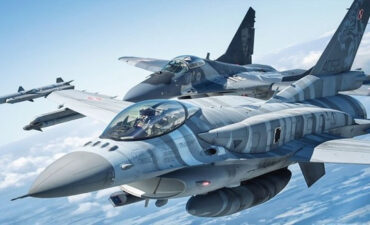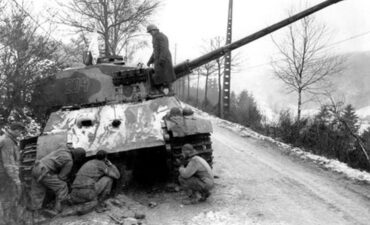What would happen if an F-35 and an F/A 18 Super Hornet got into a dogfight?
What would happen if an F-35 and an F/A 18 Super Hornet got into a dogfight? If an F-35 and an F/A-18 Super Hornet were to engage in a dogfight, several factors would influence the outcome:
Stealth and Detection:
The F-35 is designed with stealth technology, making it less detectable by radar compared to the F/A-18. This stealth capability could allow the F-35 to engage the Super Hornet from a position of advantage, potentially striking first without being detected.
Maneuverability:
The F/A-18 Super Hornet is known for its agility and maneuverability in close combat scenarios. It can perform advanced aerial maneuvers, which might give it an edge in a dogfight where turn rates and agility matter. The F-35, while still maneuverable, is optimized for different combat scenarios and may not match the Super Hornet in tight turns.
Situational Awareness:
The F-35 features advanced sensor fusion technology that integrates data from multiple sources, providing the pilot with superior situational awareness. This could allow the F-35 pilot to make informed decisions quickly during the engagement.
Weapons Systems:
Both aircraft are equipped with advanced weaponry. The F-35 can carry a variety of air-to-air missiles, including the AIM-120 AMRAAM and the AIM-9X Sidewinder, while the F/A-18 can also carry a wide range of missiles and has the advantage of a gun for close-in engagements.
Training and Tactics:
The outcome would also depend on the pilots’ skill levels and their respective training in dogfighting tactics. A highly skilled pilot in the F/A-18 could potentially outmaneuver a less experienced F-35 pilot, despite the technological advantages of the F-35.
In summary, while the F-35 has several technological advantages that could give it the upper hand in a dogfight, the outcome would ultimately depend on the specific circumstances, including tactics, pilot skill, and engagement conditions.








